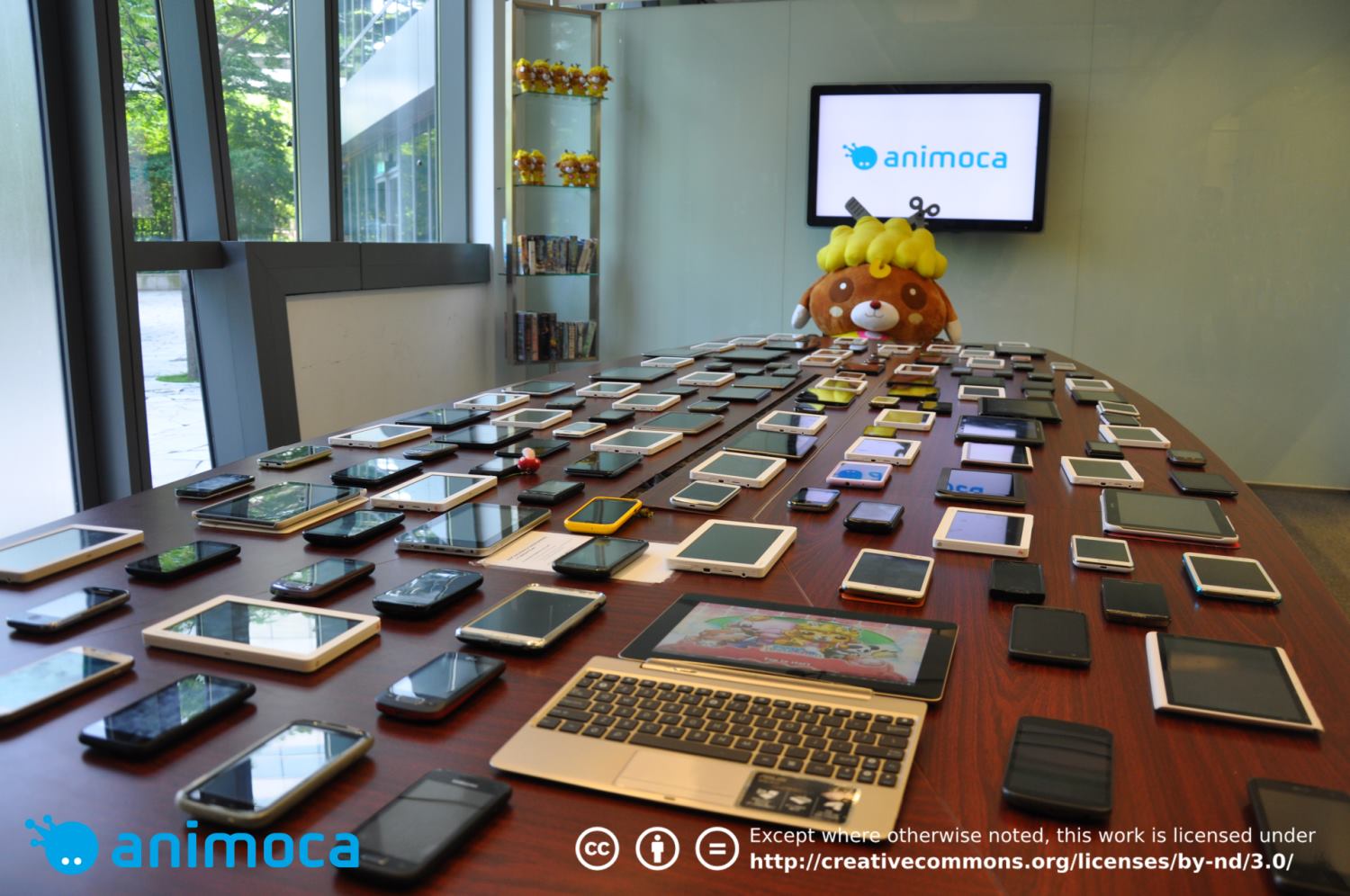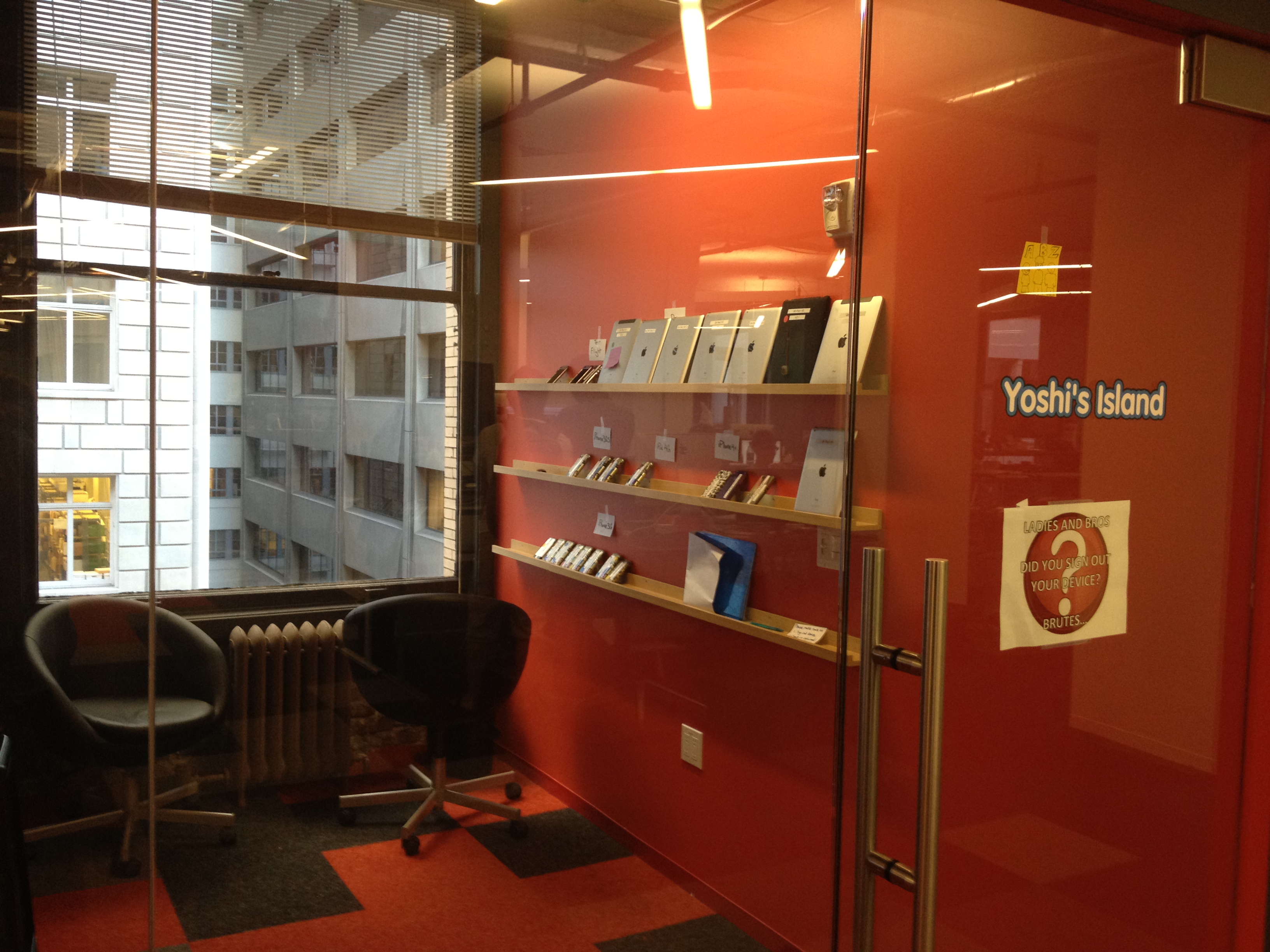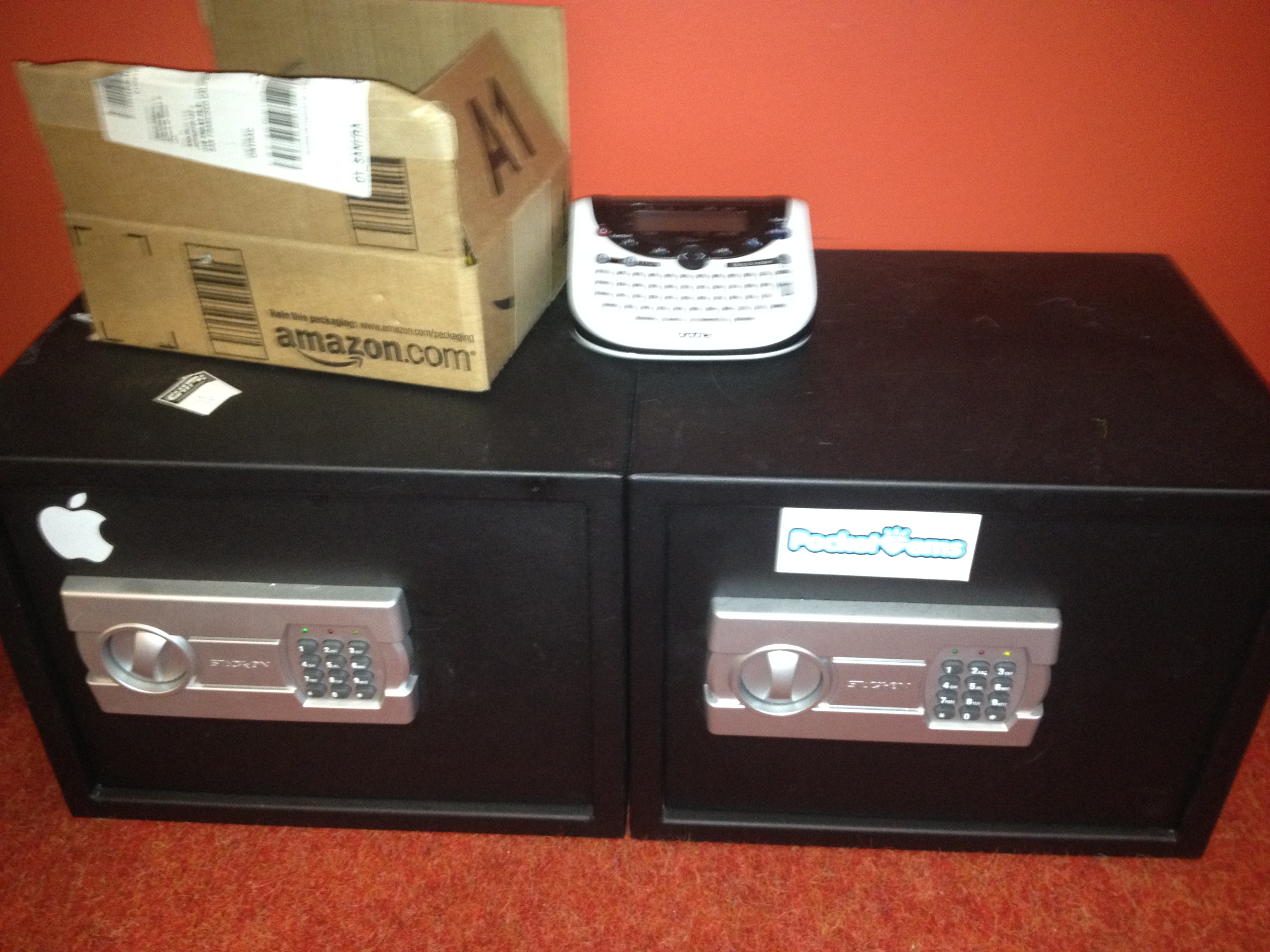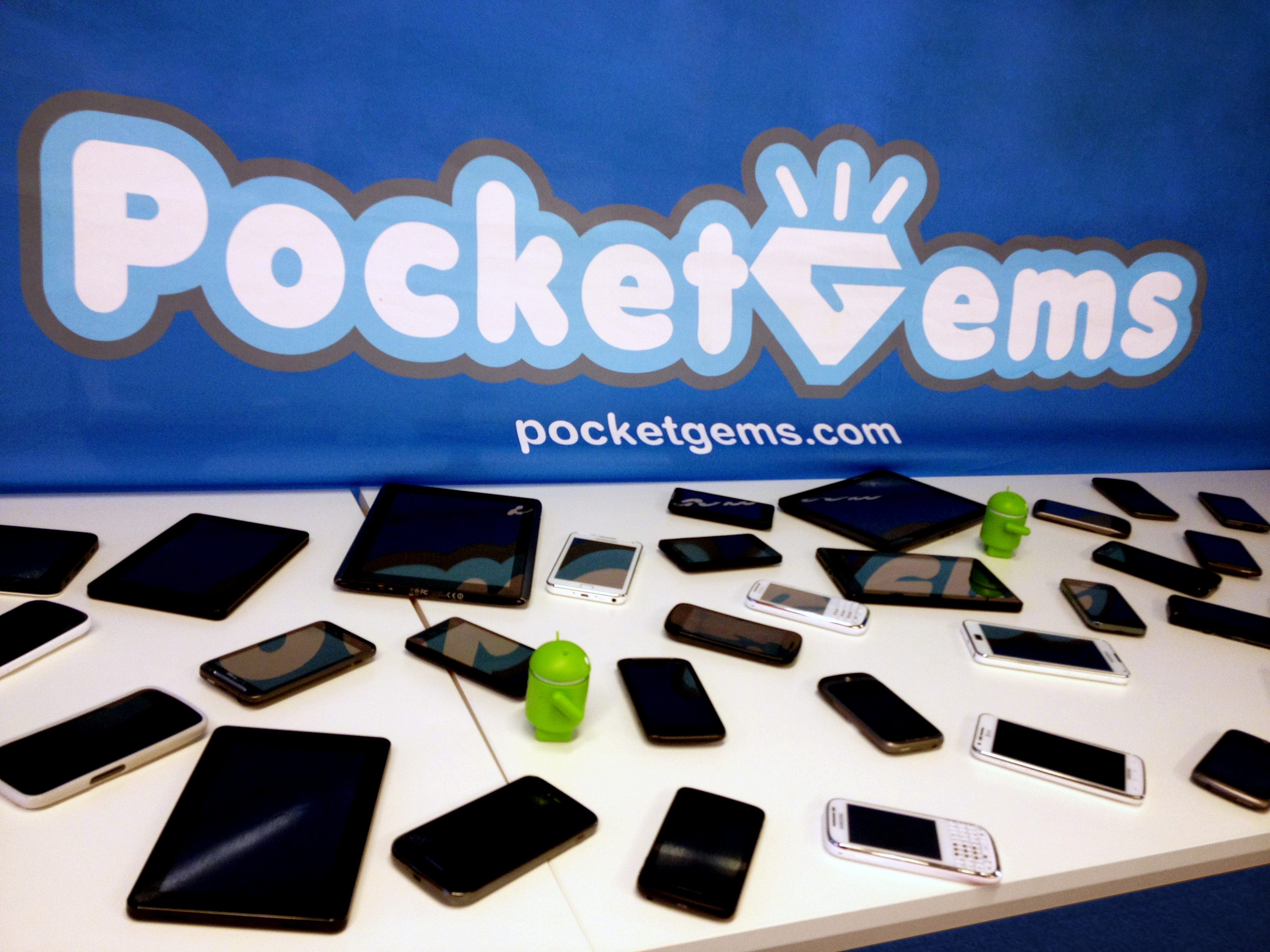
You know how many Android developers complain about fragmentation? Yeah, this is what fragmentation looks like.
Animoca, a Hong Kong mobile app developer that has seen more than 70 million downloads, says it does quality assurance testing with about 400 Android devices. Again, that’s testing with four hundred different phones and tablets for every app they ship!
The photo above is just a sampling of Animoca’s fleet of Android test units. Yat Siu, who is CEO of Animoca’s parent company Outblaze, snapped and posted it from Outblaze’s headquarters today. In total, Siu says their studio has detected about 600 unique Android devices on their network.
“We haven’t managed to track down all of those devices because, in large part, they are no longer available for sale,” he says. Sad cakes!
On top of that, Siu said that the number of handsets from the lower-end Asian manufacturers is also growing rapidly. These are the phone makers that Nokia chief executive Stephen Elop was probably talking about in his famous “burning platform” memo when he said that are Chinese OEMs were “cranking out a device much faster than, as one Nokia employee said only partially in jest, ‘the time that it takes us to polish a PowerPoint presentation.'” If you take those out, the actual number of devices you need to test for is much lower.
But if you want to break into Asian markets, these phones matter and make it especially challenging for Android developers to ensure their apps work on every single Android device. Android fragmentation is a huge issue because developers have to check their work on dozens of devices. Animoca happens to be backed by Intel Capital and IDG-Accel, so it has the resources to buy all of these devices for testing and pay employees to use them.
But imagine the long-tail of developers! Imagine the people who make the roughly 500,000 apps in the Google Play store. Total nightmare.
It puts a real dent in Eric Schmidt’s prediction from six months ago that developers might start going Android first within six months. His deadline is up now and there aren’t signs of this happening. Appcelerator did a survey of 2,100 of its developer clients in March and found that, if anything, interest in Android development is stagnating.
Siu isn’t fazed though. He’s told me in the past that thorough QA testing makes Animoca’s apps retain users better because so many other Android developers do a bad job at it. Unlike iOS users who throw up their hands in frustration, write bad reviews and just leave, Android users tend to be delighted when they find apps that work even if they have a glitch or two.
He adds, “We like fragmentation as users prefer choice. We are not big believers that one size fits all.”
Update: We just got more photos of QA testing walls from another developer! Pocket Gems had two of the 10 top-grossing games on iOS last year, according to Apple’s iTunes Rewind. Plus, they’re backed by top-tier venture firm Sequoia Capital.
Co-founder Harlan Crystal sent us these photos. Here’s a photo of the iOS testing wall:

Then here’s their Android QA table. They actually keep their Android testing devices in a safe. But apparently, there are so many of them now, that they overflow out of the safe. :(

So Crystal spilled them out onto a table:

Note: I am not necessarily ragging on Android. The platform just presents more of a QA testing challenge than iOS does. Pocket Gems actually launched their first Android exclusive game this week called Tap Dragon Park.
If you’re a mid-size or large developer, how do you deal with QA on Android?